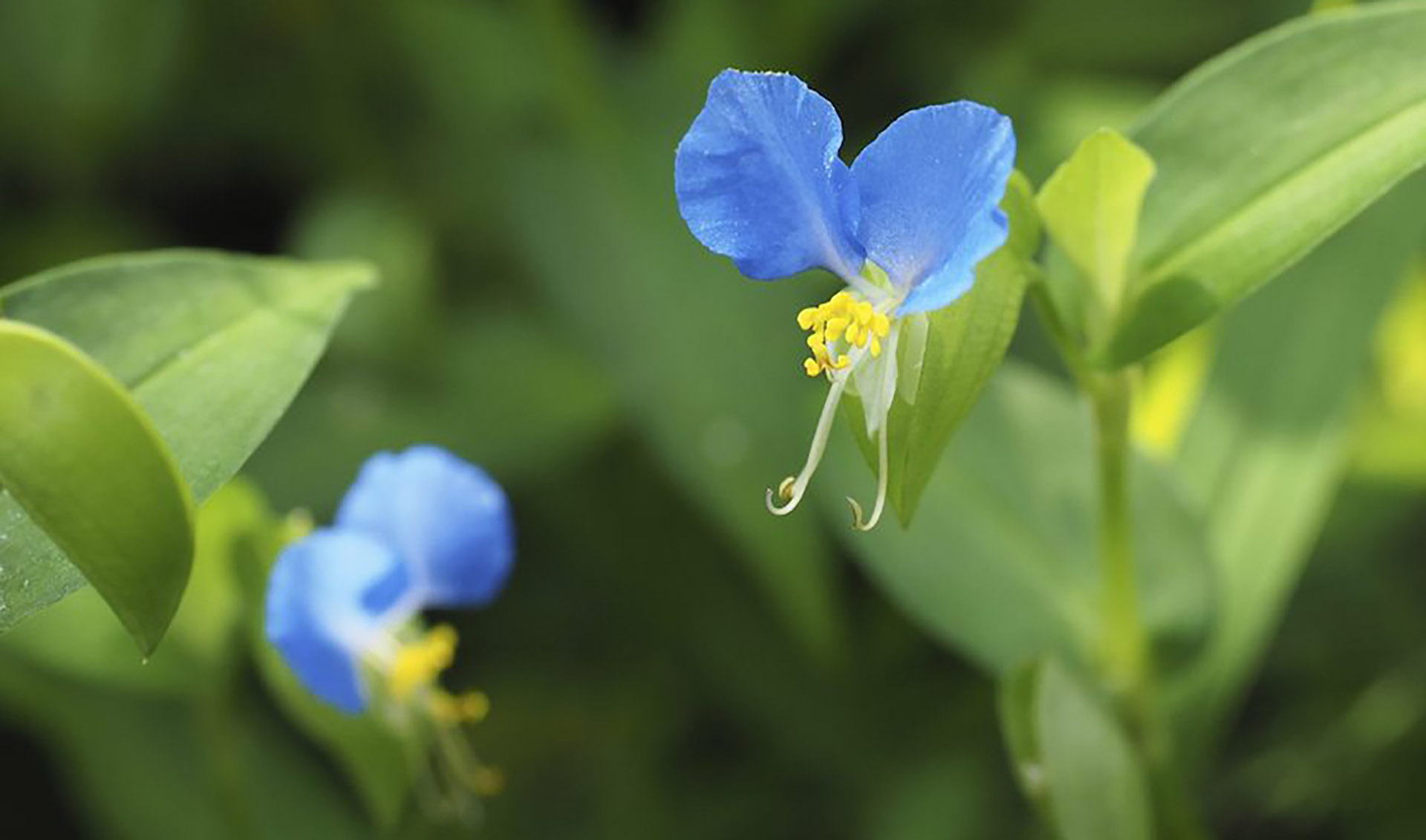
Gardening Green with Doug
Stop Worrying and Embrace Those Weeds For An Eco-Friendly Garden
By Doug Oster
June 8, 2021
There’s a famous quote that says, “a weed is just an unloved flower.”
It’s a great reminder that the gardener decides what a weed is. That might be an unconventional point of view, but an open mind about certain plants will not only make life in the garden easier, it can also help pollinators and other wildlife.
The perfect example is wild violets. They often ramble through the lawn, and when I’m asked what to about them, I simply respond, “enjoy them.”
It’s not the gardener’s fault though — they’ve been deluged with ads for half a century heralding the wonders of a monoculture of pure green grass. Combine that with the cultural pressure of what turf and a garden should look like, anything out of place must be exterminated.
I was particularly saddened by a gardener who wondered how to eliminated violets from a butterfly garden. Obviously, they care about the environment, hoping to help struggling pollinators but didn’t know it’s an important plant for the great spangled fritillary butterfly and other species which use violets as their host plant.
For those who enjoy those plants and other “weeds”, we just simply let them go. They can be part of something called a quilted lawn and the foliage looks wonderful on the edge of beds in the vegetable garden.
Having an open mind about what’s growing where has changed the way I garden. The mantra, “The garden is for you and no one else,” will help with making decisions about which plants stay and which have to go.
No conversation about weeds would be complete without mentioning dandelions. Although probably the most reviled, they are one of the most nutritious plants on the planet. Every part is edible except the white, wispy seed head we would blow on as kids. The leaves are naturally bitter — a sign of all the nutrients. For summer harvests, cut the plant to the ground after flowering and then pick the greens that return. They pair well with red sauce and balsamic vinegar.
There are even beautiful cultivated varieties that can be grown from seed. ‘Italiko Rossa’ from Baker Creek Heirloom Seeds is a great one. The flowers are beautiful and a great food source for pollinators. It’s a strange irony that Madison Avenue has made them a garden villain.
When visiting England, the public garden at the Tower of London was covered with dandelions and English daisies. It’s a great example of how some cultures appreciate the plant and others don’t.
But that doesn’t mean all weeds are great. If you can’t stand the plant in your garden, get rid of it. If it’s ugly, invasive or slowing production on a favorite vegetable, it needs to go. But don’t remove plants because someone else says they are awful.
Organic weed control
There are lots of ways to deal with weeds without turning to chemicals.
One of the scariest herbicides gardeners use is a chemical called 2,4-D. It was an ingredient of Agent Orange. The Vietnam-era herbicide still haunts veterans to this day.
Hand pulling is one of my least favorite jobs in the garden, but there are others who find it part of gardening therapy. The Cobrahead weeder is a great tool, but there are lots of different types of hoes out there to make the job easy.
Cut, don’t pull these
Not all weeds respond well pulling; Japanese knotweed, bindweed, Canadian thistle and a few other invasive species are best controlled by continual top cutting. All three have white, fleshy roots that when disturbed seem to invigorate the plant. A string trimmer used weekly on plants like these will eventually either exhaust the plant or the gardener. Seriously though, it’s an effective technique.
There are many organic herbicides available too. Some use fatty acids, high concentrations of vinegar, clove oil or other natural ingredients. I find many of them to shine when applied at high noon on a hot day.
There are some natural weed killers on the market which overdose broadleaf plants with iron.
Always read the label and see what’s in the product. If you can’t pronounce it, the product is probably chemical-based.
Mulching is also a great way to keep weeds at bay. Deciding what type of mulch you want is all about how it looks. For me, it’s straw in the vegetable garden and bark mulch in the ornamental garden.
Keep some extra around to smother weeds if they sprout.
Another organic control
Corn gluten meal only works on seeds — and not just weed seeds. It stops the seeds from completing their germination process. It’s often used as a crabgrass control, but needs to be applied in April, before the annual crabgrass sprouts, then again in the fall. It can be applied anywhere the gardener is not sowing seeds or after the seeds have sprouted.
For a bed of beans, once they have sprouted an application of corn gluten meal will stop any other annual weed seeds from germinating.
It’s great for using around perennials, shrubs and vegetable plants too.
A great use for newspaper
A great weed barrier can be made with newsprint. Just stay away from shiny color inserts, as they could contain heavy metals. Most newsprint uses water or soy-based inks, so they are safe for the garden.
Lay seven to 10 layers of newspaper over a bed amended with compost and get it wet so it doesn’t blow away. Now add mulch and poke holes through the mix to add plants. You won’t have to worry about weeds all season.
The newspaper will slowly degrade over the season and then the process begins again with a new application next year.
Love your weeds?
Even though things like jewelweed, violets, common dayflower, smartweed and other plants are often vilified and removed, they are beautiful to me and have a place in my garden.
I’ll thin the jewelweed, a member of the impatiens family, but leave a few as it’s pretty and a great pollinator plant.
Common dayflower has beautiful sky-blue flowers. Who doesn’t want blue in the garden?
Smartweed has red flowers and is a late bloomer. It’s another type I’ll thin to keep it controlled but enjoy it in the garden.
Weeds are a part of any garden, but embracing a few might make gardening a little more fun and certainly a little easier.
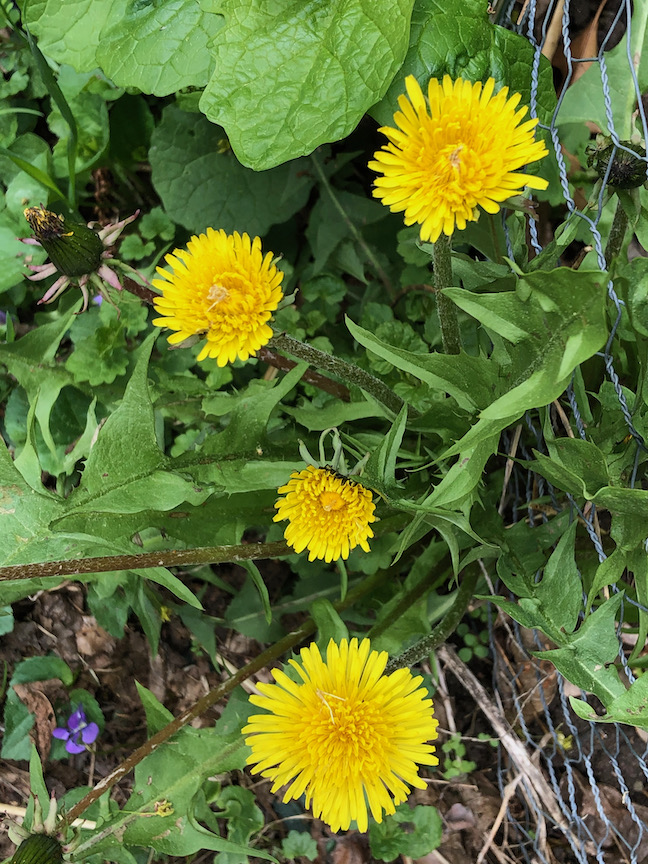
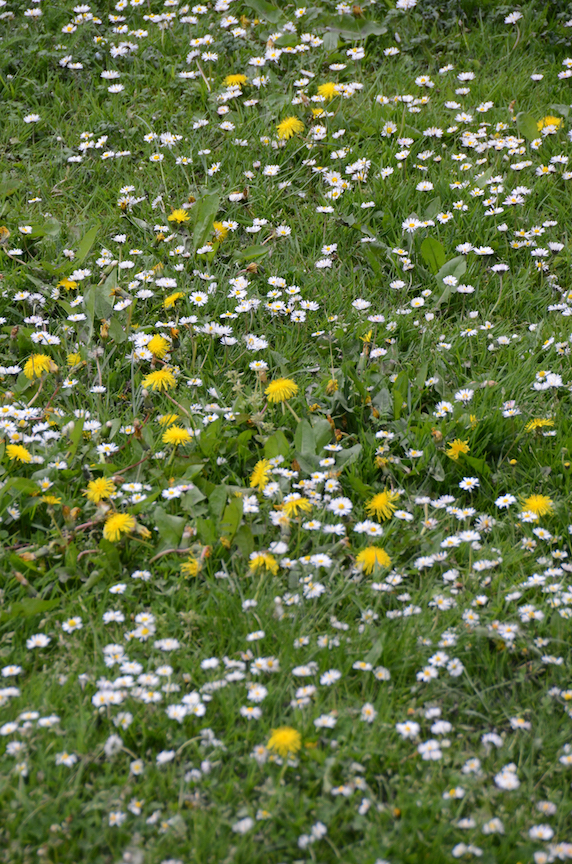
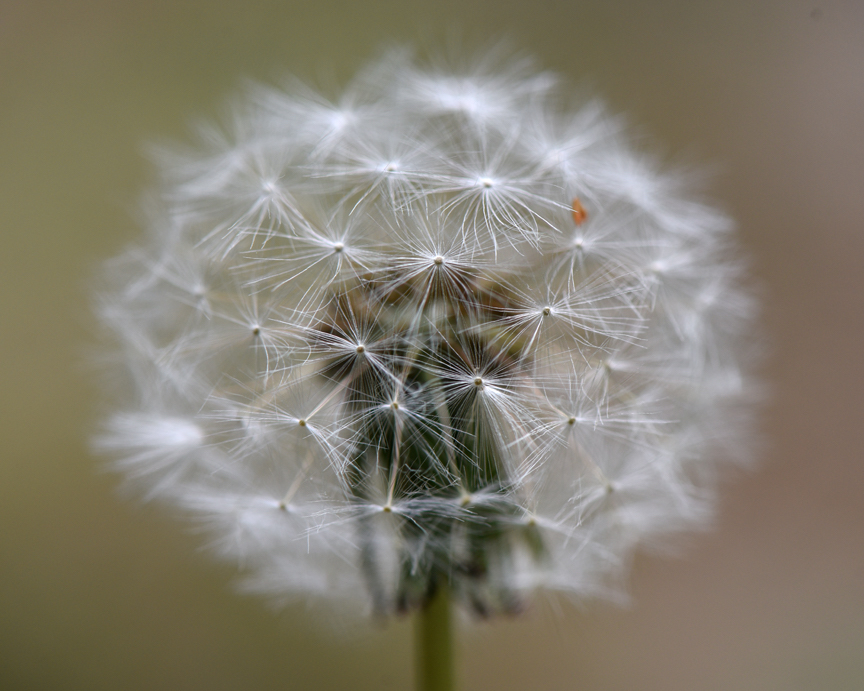
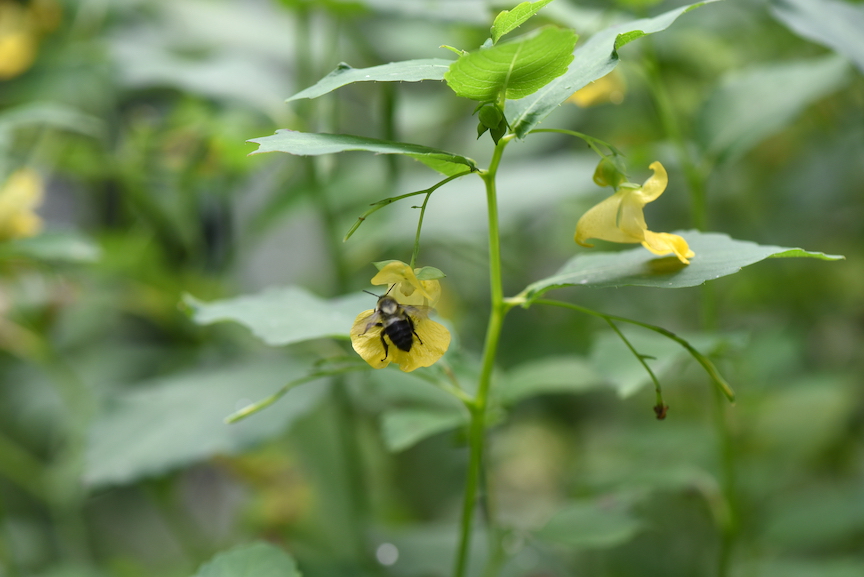
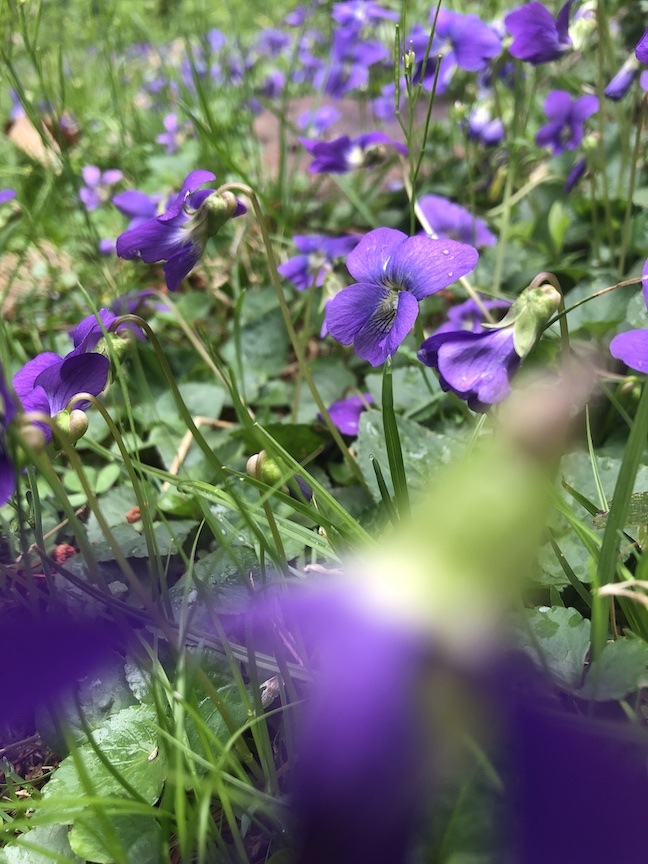

Any tips on how to control Spiderweed? I like some but I have way too much.
Great Post! Embracing certain weeds in your garden is a holistic and environmentally friendly approach that aligns with sustainable gardening practices. It promotes biodiversity, minimizes the use of chemicals, and contributes to a healthier and more